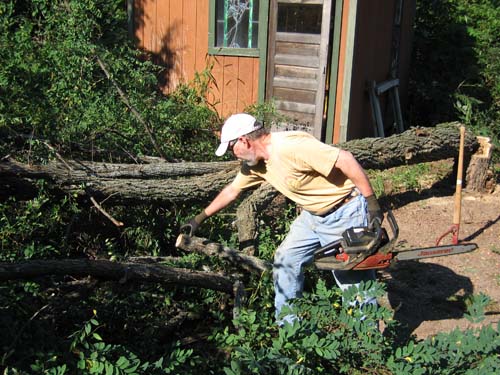33 bar steep rise 30.06 5mph N dewpoint 22 Spring
Waning Gibbous Moon of Growing
The workshop I attended today had two co-sponsors, The Institute for Advanced Studies (UofM) and the Arboretum(UofM). This was the culminating workshop in a two-year long effort by the Institute for Advanced Studies to explore time from many perspectives. Today we examined time in three different, but related, botanical areas: phenology, paleobotany and time from the perspective of trees.
The phenological, by definition, is the chronological study of events in nature. This strikes me as an odd definition since it seems to impose a human mental construct, linear sequencing, on what is cyclical. The notion is a good one, though, since it involves paying close attention to changes in the natural world, day by day, and making a record of them. Phenologists know when the ice goes out lakes, the first robin returns, the dates that various spring ephemerals like the bloodroot, snow trillium and scylla bloom.
Over several years I’ve tried my hand at phenology. It is something an amateur can do. So far, I’ve not had the discipline to continue my observations day after day, year after year. Perhaps as I get older and slow down a bit this will come to me. I hope so. The woman who was our teacher for phenology was a lively Cantonese woman named Shirley Mah Kooyman. A Smith graduate in Botany she has a direct and engaging teaching style. Shirley took us outside and showed us the spring ephemeral garden they have planted. It gave me ideas. Our field was cut short by blowing winds, snow and cold. On April 26th.
Over the long lunch break I wandered the bookstore and picked up books related to aspects of permaculture I want to pursue in more depth: pond building, fruit and nut trees and landscape design.
In the afternoon Tim started us out with segments of trees so we could tree rings. This lead into a discussion of the time and stories that a tree knows, sometimes revealed in its growth rings. He showed an amazing graphic created by an arborist who actually dug up tree roots and followed them, painting them white as he went so he could measure accurately. He discovered that almost all trees have relatively shallow, but very broad root systems. I learned, as did Tim, that tree roots stop at the dripline and that what’s below the tree roughly parallels what’s above in size. Nope. We measure a double centurion outside the learning center. You measure at breast height, compute the diameter with everybody’s favorite mathematical constant; in this case it was 52 inches, then multiplied by a factor for white oaks, 5. This gives a rough estimate of 260 years for the trees age. Cutting back a bit for optimal growing conditions, experts feel this oak is 225 years old. That means it was an acorn in 1780! Whoa.
The last session focused on the evolution of plants. In some ways this was weakest session, yet in another it astonished me. Randy Gage, the guy in charge of school groups for the arboretum, took a trip to Australia to investigate the Wollime Pine. Here are some fast facts from the Wollemi Pine website:
Fast Facts
…………………………
| Claim to fame |
One of the world’s oldest and rarest trees |
This is a tree that, prior to its discovery in 1994 was known only in the fossil record. It was a coelacanth or stromatolite like find. Remarkable. But I missed it. Maybe you didn’t.
The time related stuff here was somewhat cliched with the 24 hour clock and an arm span as metaphors. The Wollemi Pine story is the stuff of science fiction.
Taking this symposium at the same time I learned about a book, Reinventing the Sacred, which attempts to reinvent spirituality from within a scientific perspective, but one that discards scientistic thinking (reductionism, empiricism) has really set the wheels turning. So many things clicking. We’ll see where it all goes.

